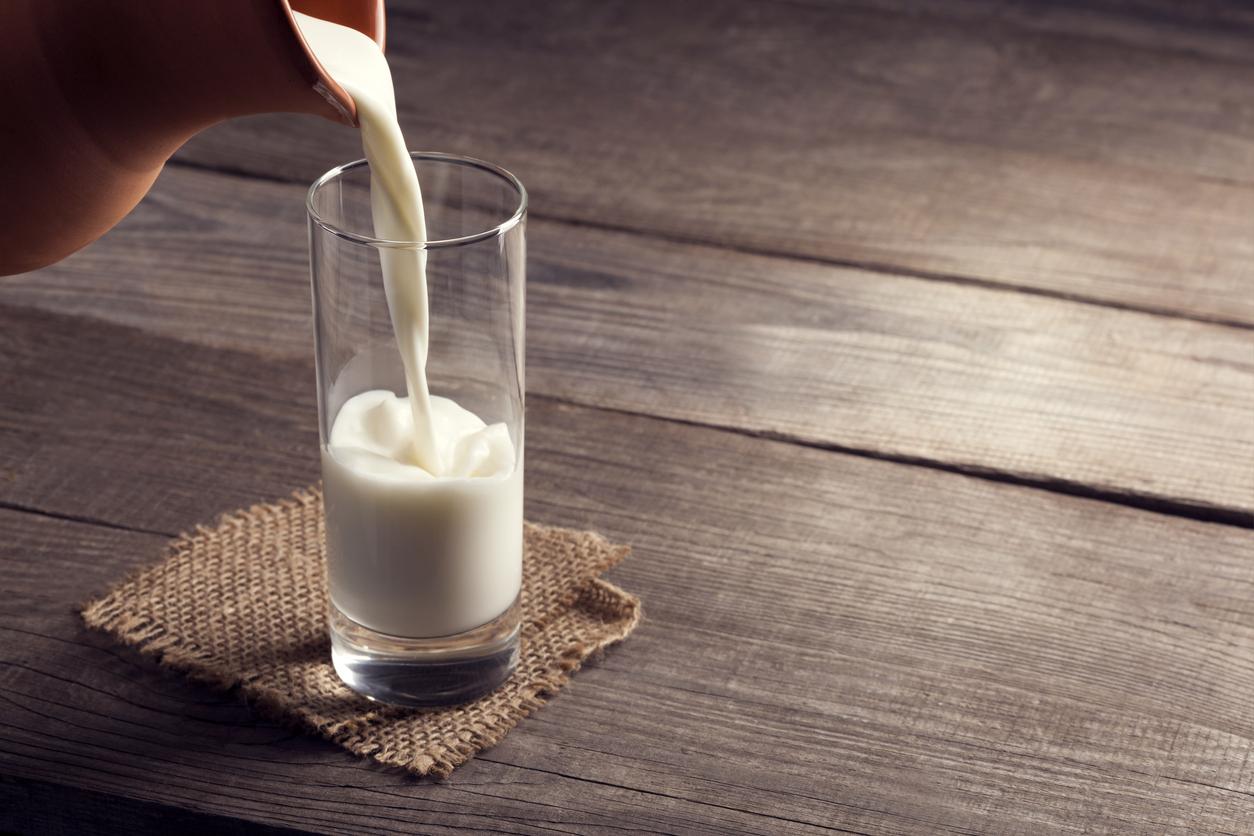In Japanese, their name (pronounced “edamame”) means “bean branch“. These small green beans are extracted from immature soybean pods : they are harvested in pods with their young branches, before full maturity. In Japan, they are not the equivalent (and healthier!) of our peanuts as an aperitif: they are eaten just salted and accompanied by a beer.
If we are starting to find it in some restaurants, edamame remains rare on our shelves. You can mainly find it in Asian grocery stores and frozen food stores. Yet these little beans are not lacking in assets. Rich in vegetable protein, fiber, essential fatty acids and vitamins, edamame offers a nutritious alternative to traditional snacks. Their impressive nutritional profile makes them an ideal choice for vegetarians, vegans and health-conscious people.
Is it a green vegetable or a legume?
With its 120 Cal/100 g, edamame is not one of the green vegetables (30 Cal/100 g on average) but legumes, although it is distinguished from lentils, chickpeas and other dried beans by a much shorter cooking time and a higher lipid content (6% on average). Good news, these are polyunsaturated fatty acids, which are excellent for the cardiovascular system.
What are its nutritional values?
Here are the main nutritional values for a 100 gram serving of edamame:
- Calories: 121 calories
- Protein: 11g
- Lipids: 6 g (including unsaturated fatty acids)
- Carbohydrates: 10g
- Dietary fiber: 5 g
- Vitamin C: 10mg
- Vitamin K: 45 μg
- Folate: 160 μg
- Iron: 2mg
- Calcium: 63mg
- Magnesium: 70mg
These values make edamame an excellent source of vegetable protein, dietary fiber, vitamins (including vitamin C and vitamin K) as well as minerals such as iron, calcium and magnesium.
The benefits of edamame
“He is rich in quality vegetable proteins and in irontwo interesting elements for vegetarians”, emphasizes Florence Foucaut, spokesperson for the French Association of Dietitian Nutritionists. It makes it possible to compose balanced meatless dishes, in combination with cereals (rice, quinoa), green vegetables and a little lemon juice or parsley, the richness of which vitamin C promotes the absorption of vegetable iron.
“It is well supplied with calcium, and perfect for ensuring good bone and tooth growth for young people”, adds our expert. Generally speaking, edamame contains a variety of essential vitamins and minerals. It is particularly rich in vitamin C, vitamin K, folate, iron, calcium and magnesium. These nutrients play a crucial role in many bodily functions, such as the formation of red blood cells, bone health, blood clotting and maintaining the immune system.
The fibers it contains also promote satiety and contribute to a good digestive health. Plus, edamame is naturally low in fat and cholesterol-free, making it a healthy, balanced snack. Even more, edamame is rich in unsaturated fatty acids, such as omega-3 and omega-6, which contribute to reduce cholesterol levels in the blood. This can help maintain optimal heart health and prevent cardiovascular disease.
How to prepare edamame?
Fresh, it takes 4 minutes in boiling water if the beans are shelled and 8 minutes with the pods. Fresh frozen, the cooking time is essentially the same. Be careful, the pods are not eaten!
For an original and fun aperitif, serve them salty or with a spicy sauce (soy sauce, sesame oil, ginger, chilli). Simply squeeze the pod with your fingers to pop the beans in your mouth.
What’s the best way to cook it?
We appreciate edamame for its crunchy texture. On the other hand, it is quite neutral in taste. Slip it into vegetarian salads made with quinoa, bell pepper and corn, or even rice, feta and tomatoes. It goes well with a variety of ingredients, such as crunchy vegetables, fresh herbs, citrus or nuts.
Another recipe idea: sauté it in a wok in a little oil with broccoli florets, carrot sticks, baby corn, peppers, carrots or mushrooms… You can also make a kind of original hummus, crushed with tahini (sesame cream) or yogurt for a light version, plus garlic and lemon juice. Edamame puree is delicious as a dip or as a spread.
Recipe idea: edamame and quinoa salad
- 250g cooked quinoa
- 200 g shelled edamame, cooked
- 1 cucumber, diced
- 1 red bell pepper, diced
- 1 red onion, minced
- ¼ cup fresh cilantro, chopped
- Juice of 2 lemons
- 2 tablespoons olive oil
- Salt and pepper from the mill
Combine quinoa, edamame, cucumber, bell pepper and onion in a large bowl. Season with lemon juice, olive oil, salt and pepper. Stir well and let sit in the refrigerator for about 30 minutes before serving.
Soybeans: what contraindications?
Consuming edamame is generally considered safe and beneficial for most people. However, there are some contraindications and precautions to consider.
Soy allergy
As edamame is derived from soy, people with a soy allergy should avoid its consumption, as it can cause severe allergic reactions.
Thyroid disorders
Soy, including edamame, contains compounds called goitrogens, which may interfere with the functioning of the thyroid gland in some people. If you have thyroid problems or are taking thyroid medication, it is recommended that you consult your doctor before consuming edamame on a regular basis.
Drugs interactions
Certain compounds found in soy may interact with certain medications, such as blood-thinning medications. If you take medication regularly, it is advisable to consult your healthcare professional before adding edamame to your diet.
Digestive problems
Edamame is high in fiber, which can cause bloating, gas, or digestive issues in some people, especially if they’re not used to high fiber intake. It is recommended to gradually increase the amount of edamame consumed to allow your digestive system to adapt.
What about phytoestrogens in soy?
Soy contains phytoestrogens, called isoflavones. On its site, the NACRe Network (Network Nutrition Physical Activity Cancer Research) recalls that studies have shown a protective effect of a high consumption of soy, vis-à-vis the breast cancer, in Asian populations with a traditional diet. However, the same benefit could not be demonstrated in Western populations.
However, contrary to some popular belief, soy consumption does not increase the risk of hormone-dependent cancer. Soy can therefore be consumed as part of a balanced diet, and in a reasonable way, i.e. without excess and not every dayboth for the general population and in the event of breast cancer, or a history of cancer, l
On the other hand, an association has indeed been made between the soy food supplements and the risk of developing hormone-insensitive breast cancer.
















